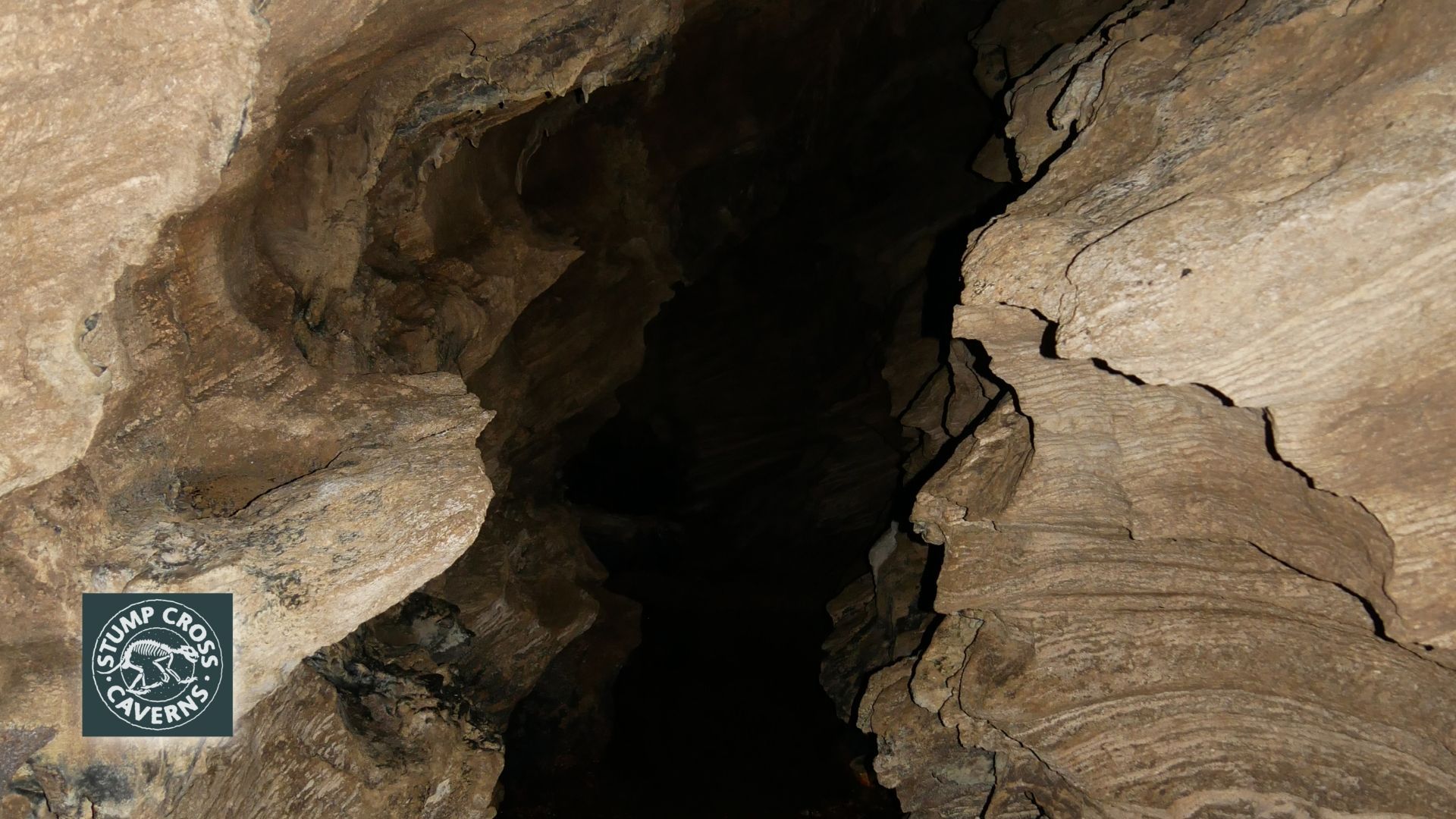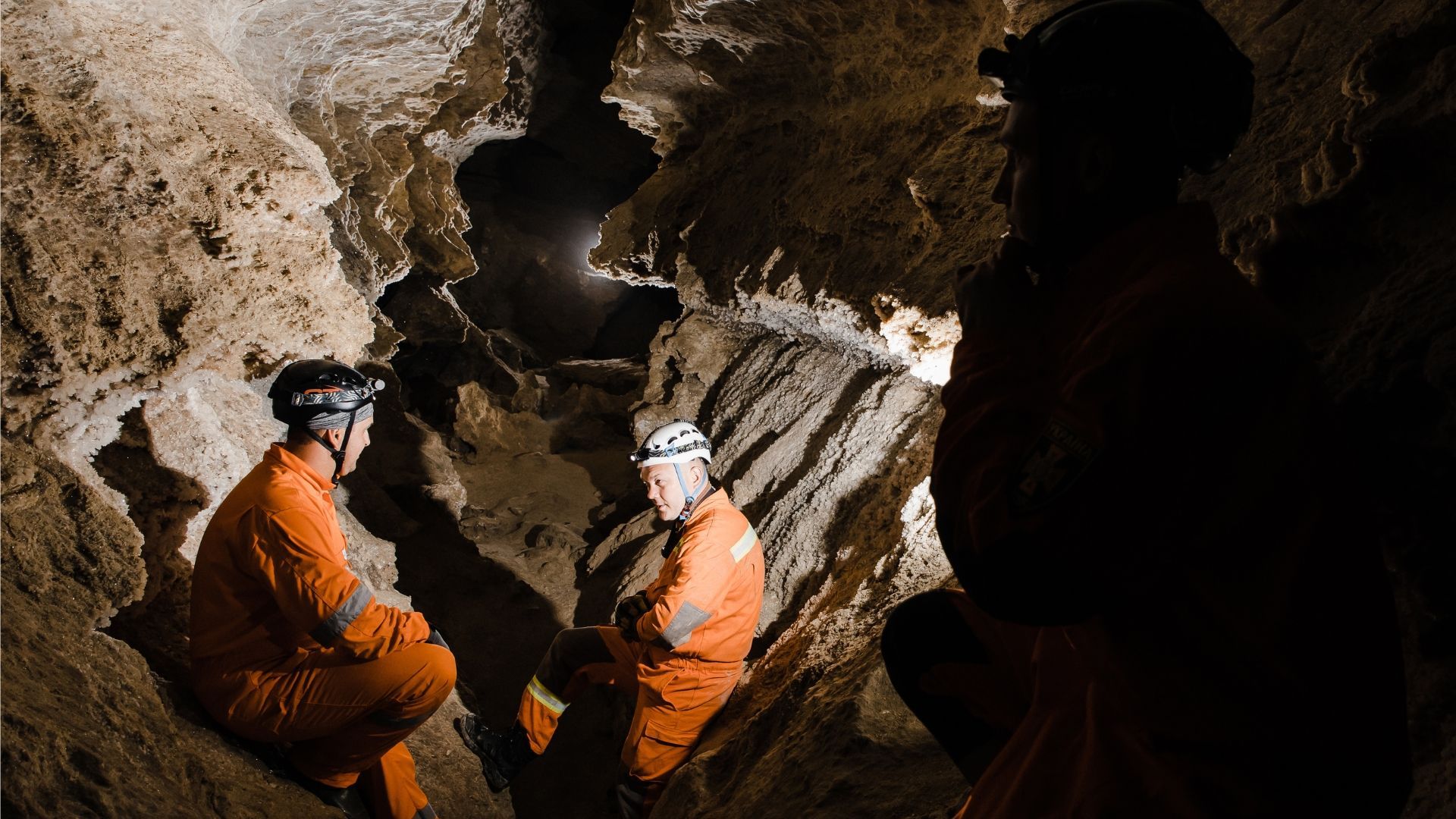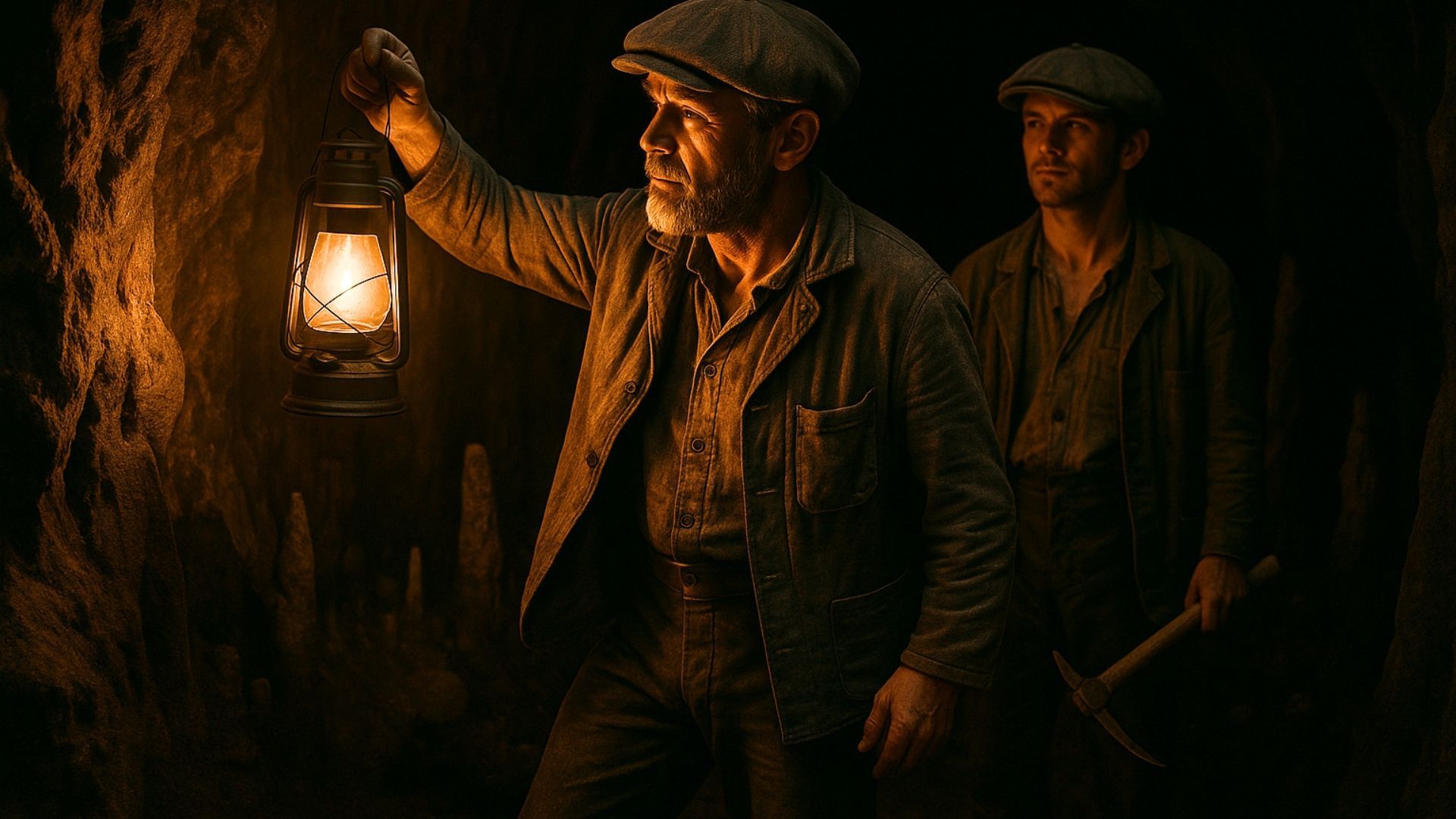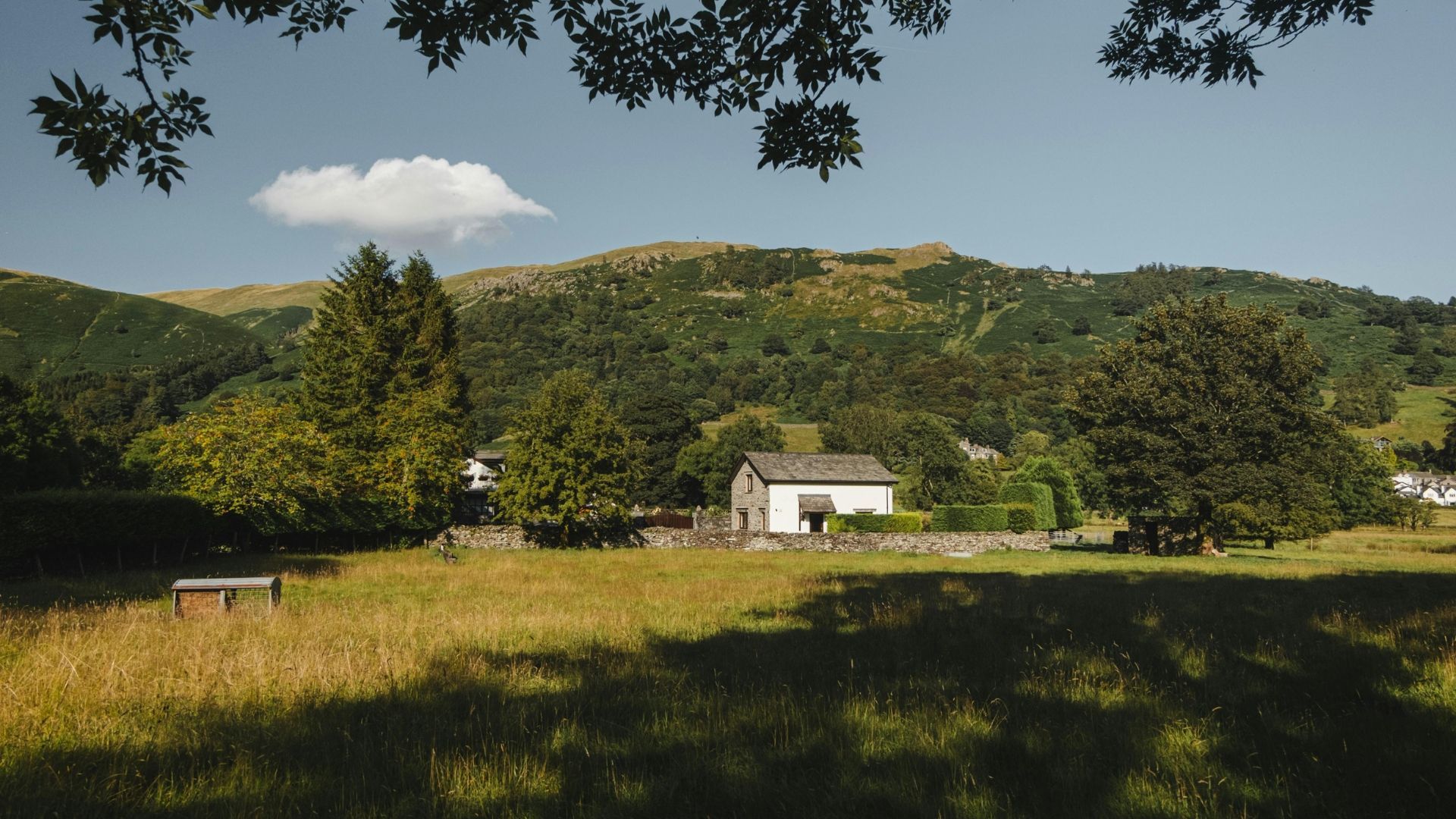The secrets of Stump Cross: what lies beyond the show cave?
The show cave of Stump Cross Caverns features a glorious array of stalagmites, stalactites and more. But what lies beyond? Find out more in our article.

What's the difference between a cave and a show cave?
A show cave is one that's been made accessible to the public. The practice is older than you might think. Reed Flute Cave in China, for instance, seems to have been visited as an attraction as early as 792 AD.
Here at Stump Cross Caverns, we're proud to let visitors into our magical subterranean network of chambers and tunnels.
The show cave is really a series of caves – from the Butcher's Shop to Wolverine Cave, from Reindeer Cavern to the Cathedral.
Along the way, there's a wealth of impressive formations – stalagmites and stalactites, flowstone and rimstone.
But what if we told you that the show cave is just the start of it? That the network of caverns stretches out far beyond the end of your tour?
In this article, we take a look at some of the secrets of Stump Cross – those passageways and chambers where only cavers dare to tread.
Grenade Shaft
You end your tour of Stump Cross in The Cathedral. It's one of the finest chambers, with its flowstone and calcite formations that have been nicknamed The Organ, The Sleeping Cat and The Wedding Cake.
Next to The Cathedral is Grenade Shaft. This is a 14-metre-deep natural shaft that has no direct connection to the rest of Stump Cross.
It was dug up in 1970 by the Yorkshire Underground Research Team. At the bottom of the shaft is a low chamber filled with stalagmites, flowstone and a pool lined with crystal.
Fearing that these formations would be damaged – or that people might fall down the shaft – the entrance was covered by a steel lid.
There's loads more to discover about Grenade Shaft. Keep an eye on our blog for the full story…
Heaven and Hell
Reindeer Cavern is another jewel in the Stump Cross crown. At first glance, there's simply too much to take in, like a painting by Breughel.
There are straw-thin stalactites and ones as thick as spears. There's a column stretching from floor to ceiling where a stalactite and stalagmite met in the middle over tens of thousands of years.
But this beauty wasn't easy to find. The explorers who first entered Reindeer Cavern had to clamber over muddy boulders near the roof.
In June 1922, a Cambridge medical student named Christopher Long came to Stump Cross for a digging expedition. He followed an underground stream as far as he could. The way was eventually blocked by inhospitably narrow passageways and deep, deep water.
But his journey, though inconclusive, planted a seed of curiosity in later cavers. 20 years later, a team returned. They spotted a fissure in the roof and heard air whistling through it.
They dug their way through this fissure into passages that were later nicknamed "Heaven and Hell".
Why the names? Well, Heaven was well-decorated – meaning it was full of intricate, beautiful rock formations. Heavenly, you could say. Hell, by contrast, was a low-ceilinged, jagged tunnel that you had to crawl through.
In 1957, members of the British Speleological Association did a bit more digging and extended these passages.
Caving isn't always easy. The BSA team were greeted by a flash flood!
Great Expectations
While caving can be hard work, it's usually carried out in a spirit of curiosity and great expectations.
This was the name given to the most recently discovered chamber in Stump Cross. It's a well-decorated passage that connects to the main stream passage.
It was discovered in 1996 by a team that included Geoff Workman. Geoff is a Stump Cross legend – 30 years earlier, he spent 105 days in the caves all by himself.
This was a record-breaking stint underground, smashing the previous record of 62 days.
You might be wondering, well, why? The answer is that Geoff wanted to see how the body would adapt to extensive isolation.
Beyond Heaven and Hell
Past Heaven and Hell is a winding network of passageways. Some sections are home to sumps – underground cesspools. Others are blocked off.
This is the realm of the dedicated caver. Believe us – you have to be mad about caving to want to get into these narrow, wet, muddy passageways.
Eventually, you arrive at Mongo Gill Hill. This is part of the Stump Cross network – but at the time of writing, there's no way in from Stump Cross.
It was discovered in 1956 by members of the local Craven Pothole Club. Extensions were made in 1957, 1958 and 1964.
A later expedition dug out a passageway between two of the Mongo Gill caves but it soon collapsed again.
Long's Lost Lake
Did you know
there could be an underground lake near Stump Cross Caverns?
The story goes back to Christopher Long, one of the most important cavers in the history of Stump Cross.
He claims to have discovered an underground lake. But the truth was that Long wasn't just in it for the caves. Impressed by the profits turned by show caves in Derbyshire, he was on the lookout for a money-spinner of his own.
So he used the underground lake as a bargaining tool with the owner of Stump Cross. The owner, however, refused to remunerate Long for his discovery.
Legend has it that Long responded to this by blocking up the entrance to the lake.
Did he actually discover the lake, or was he using it as a bargaining chip in an attempt to get a chunk of cave money?
The chances are we'll never know – but it's all part of the rich tapestry of Stump Cross lore.
Is there anything left to discover?
Cavers are still exploring the passageways, shafts and chambers that lie beyond the show cave. Who knows what they'll turn up next?
Are you looking for an incredible
family day out in Yorkshire? Become a caver for the day and explore the magical underground world of Stump Cross Caverns. It's really easy to
book online.















